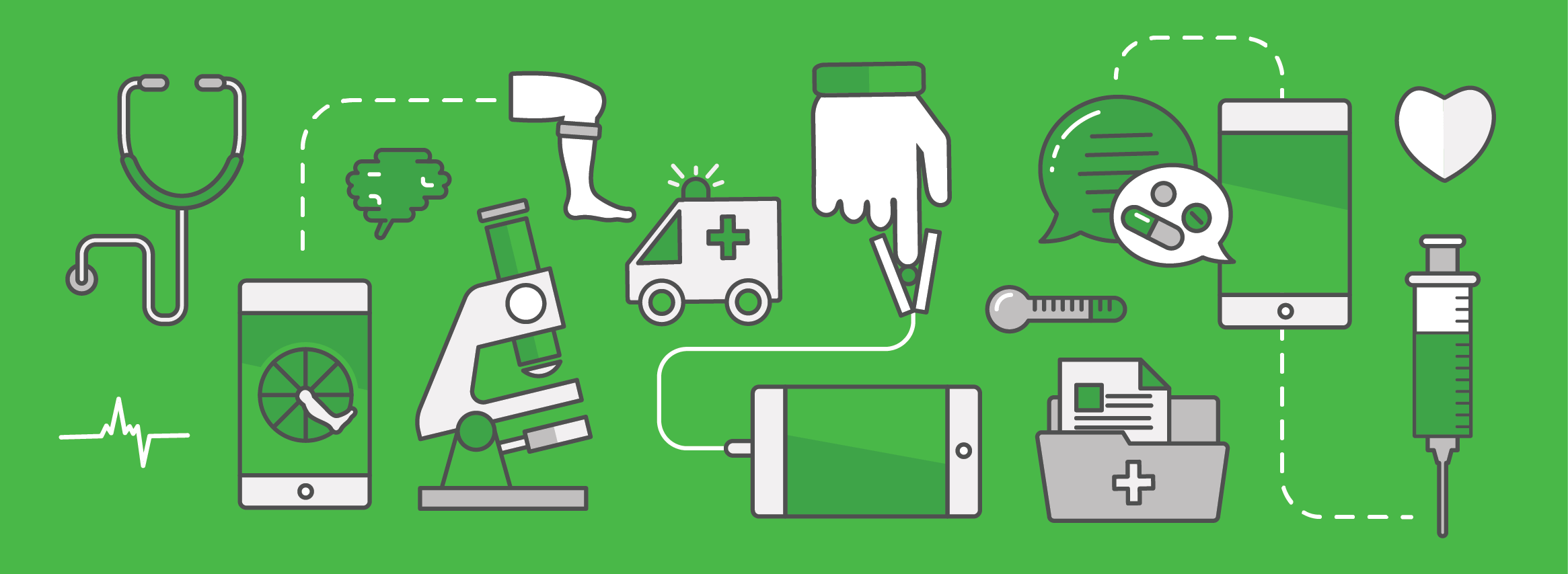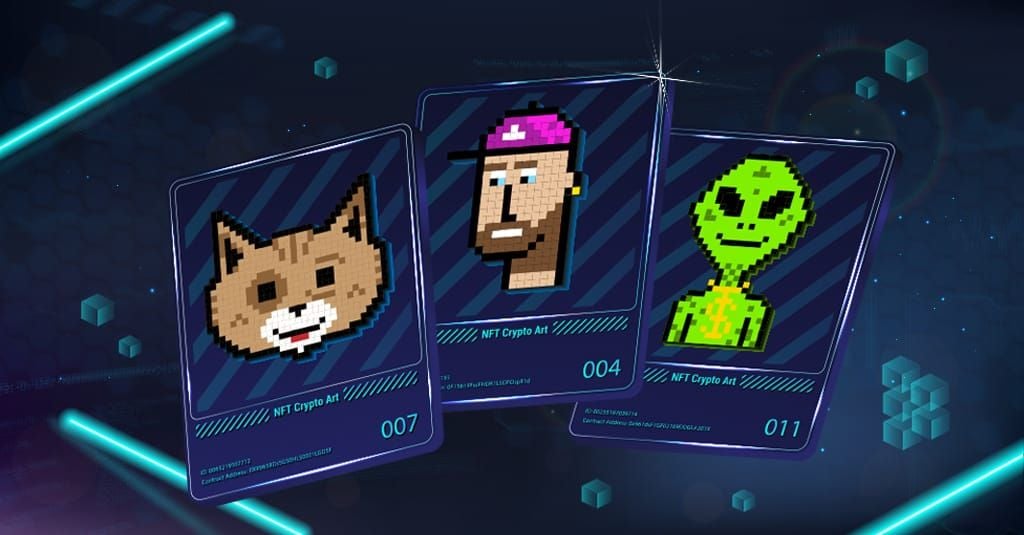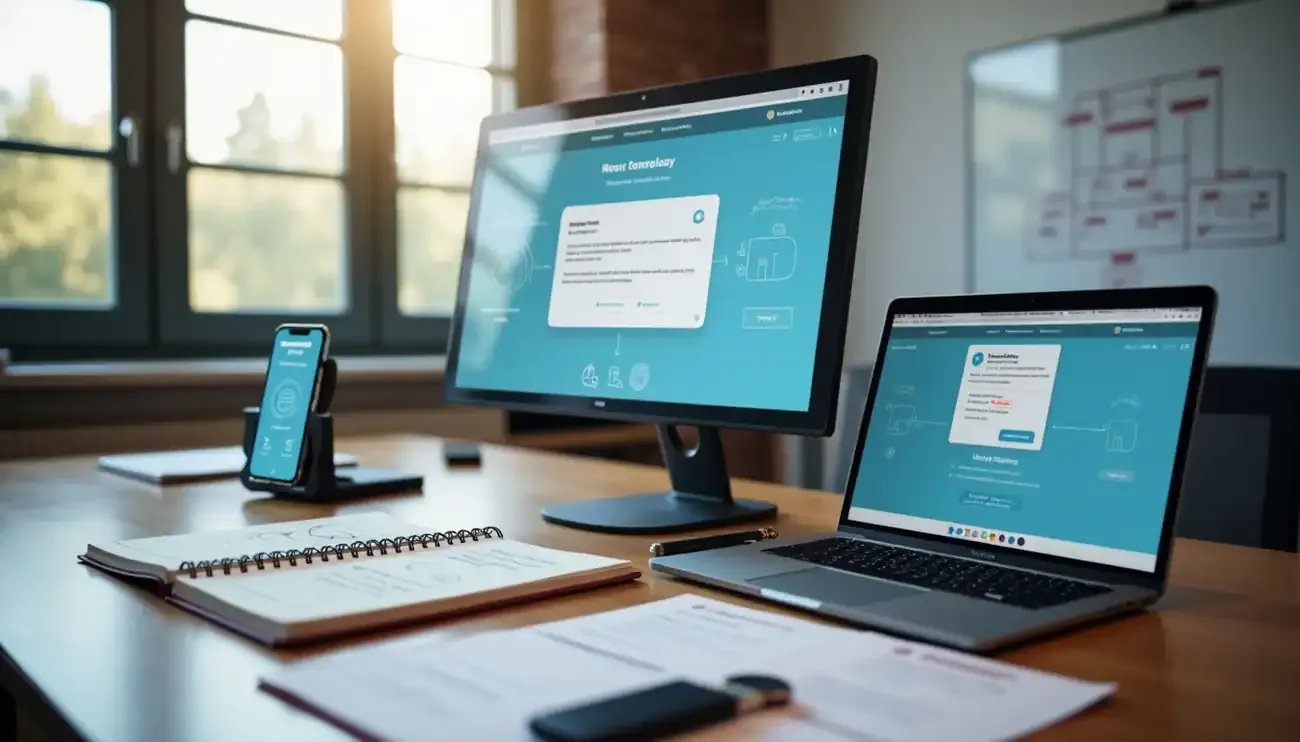
Some advice for navigating an arena that is experiencing explosive growth.
Mobile health (mHealth) is a fast-growing space that will radically transform the healthcare industry over the next two decades, and OpenArc is proud to be on its leading edge. Over the last several years, we have worked with a number of healthcare organizations to build innovative mobile applications; for example, see our work with the University of Pittsburgh’s Clinical and Translational Science Institute.
Most healthcare organizations – though still in the early stages of adopting mobile technologies – see improved data quality and increased patient engagement as the biggest benefit of mHealth technologies, and they see wireless health monitoring as a very effective tool for clinical trials.1
The 2015 HIMSS Mobile Technology Survey notes that organizations are beginning to measure impact of these technologies on patient care and are seeing the greatest impact in the areas of telehealth interventions, teleradiology services, remote patient monitoring tools, and coordinating care across the care continuum. The survey reports that the majority of healthcare organizations believe it to be very or extremely important.
There’s no question that mHealth holds great potential, but there are significant challenges to overcome in the areas of regulatory issues, cybersecurity, privacy, cost, and data validation. Let’s take a look at the regulatory environment and some suggestions from the Food and Drug Administration.
A recent Bloomberg BNA article notes the FDA’s continued struggle with the regulation of mobile medical applications. In the article, Jeffrey K. Shapiro, of Hyman Phelps & McNamara P.C., says, “Experience has shown that the FDA’s almost 40-year-old regulatory framework is a bad fit for much of today’s health IT with its networked ecosystems, rapid iterative improvement, deep collaboration between providers and end-users, and focus on clinical decision support (CDS) rather than direct diagnosis or treatment.” A lack of experience in mHealth technologies, the exponential growth in mobile hardware and software capabilities, and the increasing ability to gather and analyze large amounts of data further complicate regulatory oversight.
For their part, the FDA is focusing primarily on apps that transform the mobile platform into a regulated medical device. An FDA guidance document from February 2015 describes this focus in greater detail, noting three types of apps that the agency “considers to be mobile medical apps subject to regulatory oversight”:
- Mobile apps that are an extension of one or more medical devices by connecting to such device(s) for purposes of controlling the device(s) or for use in active patient monitoring or analyzing medical device data.
- Mobile apps that transform the mobile platform into a regulated medical device by using attachments, display screens, or sensors or by including functionalities similar to those of currently regulated medical devices. Mobile apps that use attachments, display screens, sensors or other such similar components to transform a mobile platform into a regulated medical device are required to comply with the device classification associated with the transformed platform.
- Mobile apps that become a regulated medical device (software) by performing patient-specific analysis and providing patient-specific diagnosis, or treatment recommendations. These types of mobile medical apps are similar to or perform the same function as those types of software devices that have been previously cleared or approved.
The report summarizes, “When the intended use of a mobile app is for the diagnosis of disease or other conditions, or the cure, mitigation, treatment, or prevention of disease, or is intended to affect the structure or any function of the body of man, the mobile app is a device [emphasis added].”
The guidance document also provides a list of areas where the FDA intends to exercise enforcement discretion, meaning the agency does not intend to enforce requirements. These areas include mHealth apps that:
- Help patients (i.e., users) self-manage their disease or conditions without providing specific treatment or treatment suggestions;
- Provide patients with simple tools to organize and track their health information;
- Provide easy access to information related to patients’ health conditions or treatments;
- Help patients document, show, or communicate potential medical conditions to health care providers;
- Automate simple tasks for health care providers;
- Enable patients or providers to interact with Personal Health Record (PHR) or Electronic Health Record (EHR) systems;
- Intended to transfer, store, convert format, and display medical device data in its original format from a medical device
mHealth is an exciting and complex arena that affects (and will continue to affect) millions of lives, and it’s my hope that this helps with your planning and strategy around these areas of mobile innovation. In my next blog post, we’ll take a look at the FDA’s recently released guidance document on cybersecurity recommendations.
1Mobile Health in Clinical Trials Survey Report, SCORR Marketing (available for download with email address)









